EU AI Act Compliance Guide: Key Provisions, Real Cases, and Tools
The EU AI Act, officially adopted in 2024, stands as the world's first comprehensive regulatory framework for artificial intelligence. Its goal is to ensure that AI technologies in the EU are safe, transparent, and respect fundamental rights.
For businesses operating in or targeting the EU market, compliance is no longer optional-it's essential. Failure to comply with the AI Act could lead to fines of up to 7% of global annual turnover. Beyond penalties, compliance helps maintain public trust in the use of AI technologies.
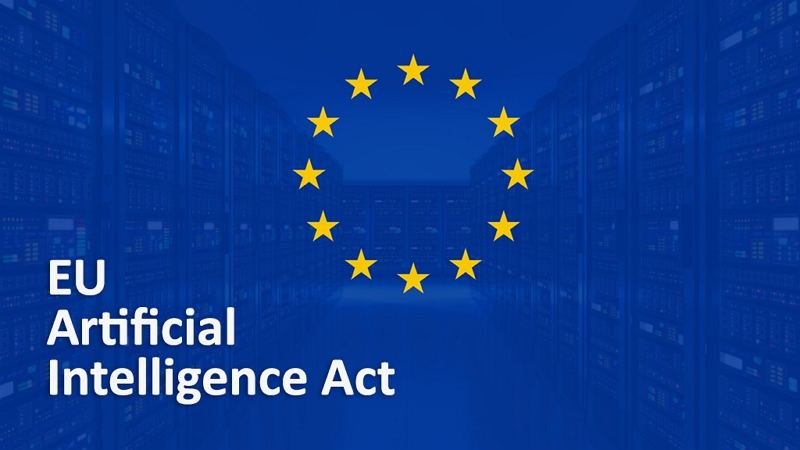
Part 1. Key Provisions of the EU AI Act
1. What is the EU AI Act?
The EU AI Act introduces a unified legal framework that governs the development, deployment, and use of AI systems based on their potential risk to safety and fundamental rights. It applies to both providers and users of AI in the EU and those outside who impact the EU market.
2. Risk-Based Approach
The Act introduces a four-tier risk classification system:
Unacceptable Risk: Completely banned AI applications, such as:
- Social scoring systems
- Subliminal manipulation
- Exploitation of vulnerable groups
High-Risk AI: Strictly regulated systems used in:
- Biometric identification
- HR and recruitment (e.g., resume screening tools)
- Medical diagnostics
- Critical infrastructure
Limited Risk AI:
- Must meet transparency obligations
- Examples include chatbots and deepfakes
- Requires clear labeling of AI-generated content
Minimal Risk AI:
- No specific regulatory requirements
- Examples: spam filters, AI in games
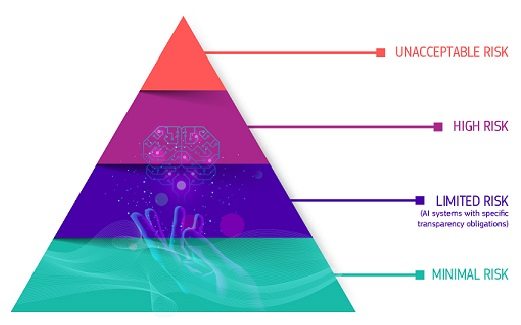
3. Obligations for Providers and Deployers
To ensure responsible AI deployment, the Act requires:
- Risk assessment and mitigation
- Robust data governance
- Human oversight mechanisms
- Transparency and explainability
- Ongoing post-market monitoring
Part 2: Real-World Case Studies
Case 1: Retail Facial Recognition
A European retailer using in-store facial recognition faced scrutiny as a high-risk system (biometric data). To comply:
- Implemented strict data minimization (stored only essential features).
- Added explicit consent prompts at store entrances.
Case 2: Automated CV Screening
A hiring platform was fined for gender bias in candidate ranking. Resolution included:
- Quarterly algorithmic fairness audits.
- Public disclosure of AI's role in hiring decisions.
Part 3. EU vs US: Regulatory Comparison
The EU's approach to AI governance is precautionary and rights-driven, whereas the US approach is innovation-first and sector-specific.
| Aspect | EU AI Act | US AI Regulation |
|---|---|---|
| Framework | Legally binding regulation | Sector-specific, non-binding guidelines |
| Risk Classification | Yes (4-tier system) | No unified classification |
| Enforcement | Up to €35M or 7% global revenue | Varies by state/agency |
| Core Focus | Human rights, safety, transparency | Innovation, competition, industry growth |
Part 4. Steps for Businesses to Ensure Compliance
To align with the EU AI Act, companies should:
- Conduct a Risk Classification Audit: Understand where your AI systems fall in the risk spectrum.
- Ensure High-Quality, Bias-Free Datasets: Avoid discriminatory outputs.
- Implement Human Oversight Mechanisms: Ensure humans can intervene or override AI decisions.
- Maintain User Transparency: Especially important for limited-risk applications.
- Document and Monitor: Maintain logs and be ready for regulatory inspection.
- Train Employees: Build internal awareness of AI governance and ethics.
Part 5. Recommended AI Compliance Tools
To minimize risk and stay ahead of regulatory obligations, organizations should integrate AI tools designed with compliance in mind. The following HitPaw solutions are built around principles of data transparency, user privacy, and responsible AI. These tools help businesses implement AI features while aligning with the EU AI Act's key requirements.
1. HitPaw VoicePea - AI Voice Changer
Ideal For: Content creators, gamers, professionals who value vocal privacy.
HitPaw VoicePea is a real-time AI voice changer that allows users to modify their voice for entertainment, privacy, or professional purposes. Unlike many cloud-based tools, VoicePea emphasizes user control, data protection, and local processing.
Use Cases
- Content creators using character voices or anonymizing their identity
- Gamers seeking immersive experiences with real-time voice effects
- Professionals safeguarding voice identity during virtual presentations
Compliance Edge
- Local Processing: All voice data is processed on-device to prevent unauthorized cloud storage.
- Consent by Design: Users are clearly informed when voice data is being processed, aligning with transparency obligations.
- No Data Retention: Once processing is complete, data is deleted immediately.
- Bias-Free Algorithms: Voices are altered without reinforcing stereotypes or bias.
2. HitPaw VikPea
Ideal For: Social media creators, families restoring old footage.
HitPaw VikPea uses advanced AI models to upscale video quality, remove noise, and enhance details up to 4K resolution. It's ideal for users restoring old footage, improving social media content, or enhancing customer-facing video assets.
Use Cases
- Social media influencers enhancing short-form video quality
- Families restoring personal or historical home videos
- Organizations cleaning up training or archive footage while maintaining privacy
Compliance Edge
- Data Minimization: Only essential frames are analyzed; no excess metadata is collected.
- Anonymization & Encryption: AI models anonymize facial data where possible and encrypt all processed information.
- No Data Retention: All processed video is removed after enhancement.
- Transparency Controls: The software provides AI model details and usage context.
3. HitPaw FotorPea
Ideal For: E-commerce sellers, photographers, everyday users.
HitPaw FotorPea uses deep learning to sharpen, upscale, and restore images without quality loss. It's designed for photographers, e-commerce sellers, and individuals looking to improve personal images.
Use Cases
- E-commerce businesses enhancing product images for better listings
- Photographers restoring low-resolution client photos
- Personal users reviving old or damaged photographs
Compliance Edge
- User-Centric Ownership: Users retain full control and rights over edited images.
- AI Disclosure: The software clearly communicates when AI is applied, satisfying transparency requirements.
- Offline Usage Available: For maximum privacy, images can be enhanced without uploading to the cloud.
- No Hidden Tracking: No tracking pixels or background analytics are embedded.
Conclusion
The EU AI Act represents a turning point in global AI governance. For businesses, proactive compliance is not just about avoiding penalties-it's about building sustainable, trustworthy AI systems. By understanding the law, adopting best practices, and using AI tools built with compliance at their core, your organization can thrive in the AI-powered future.










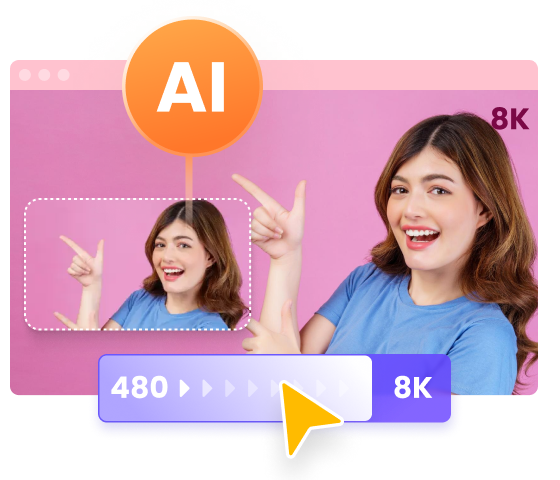
 HitPaw Univd (Video Converter)
HitPaw Univd (Video Converter)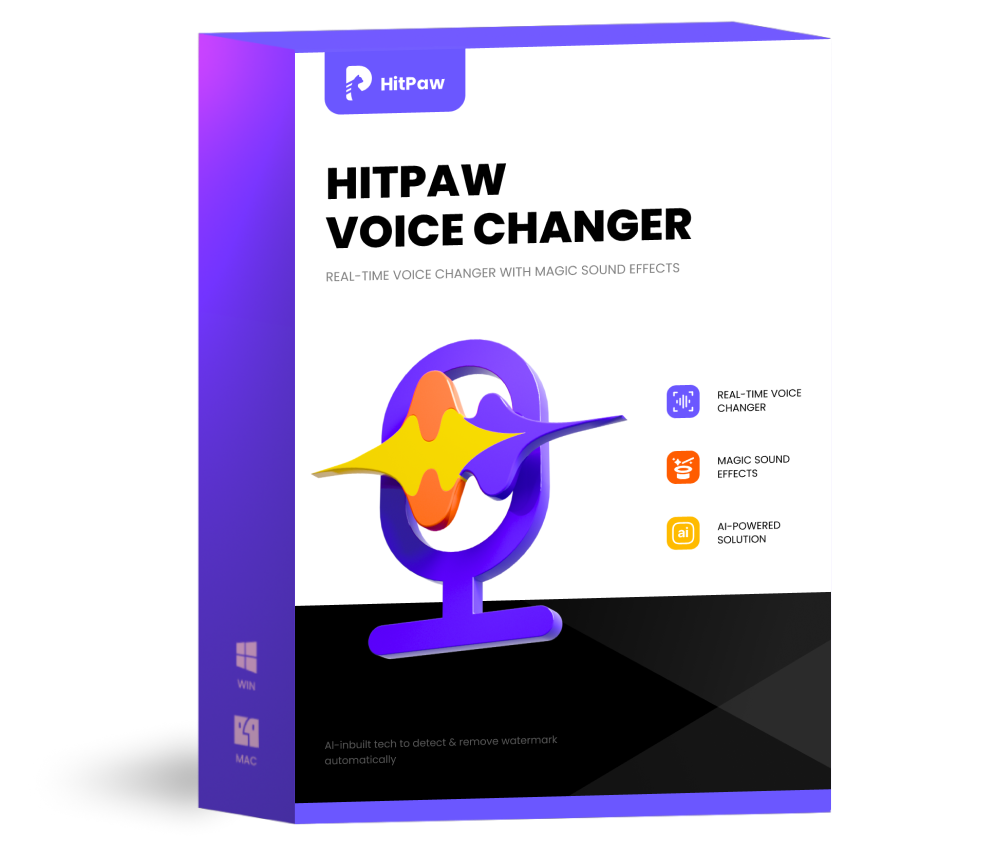 HitPaw VoicePea
HitPaw VoicePea 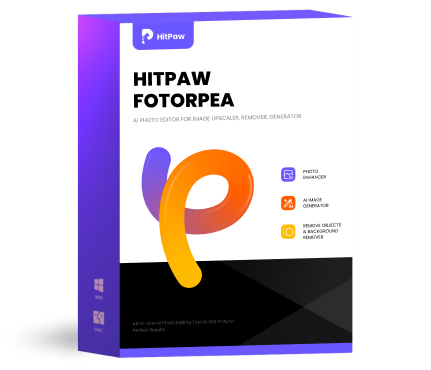 HitPaw FotorPea
HitPaw FotorPea



Share this article:
Select the product rating:
Daniel Walker
Editor-in-Chief
This post was written by Editor Daniel Walker whose passion lies in bridging the gap between cutting-edge technology and everyday creativity. The content he created inspires the audience to embrace digital tools confidently.
View all ArticlesLeave a Comment
Create your review for HitPaw articles